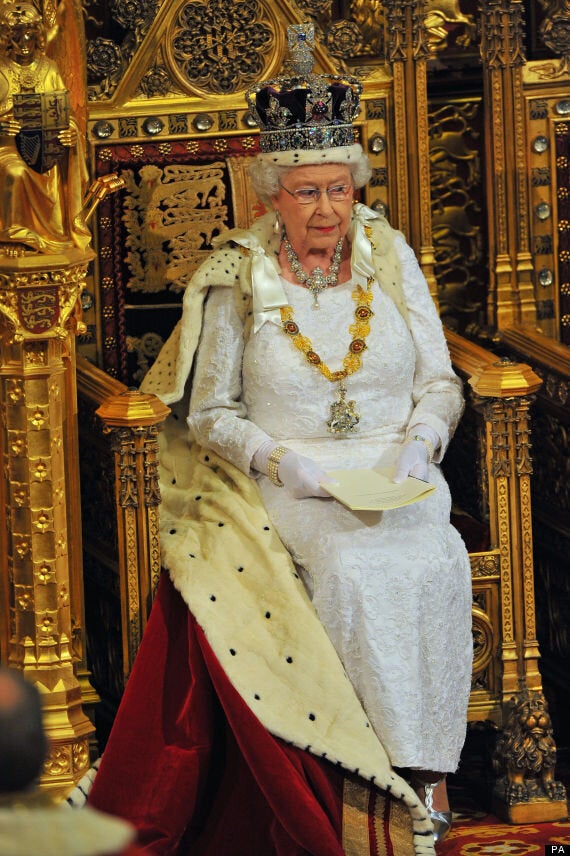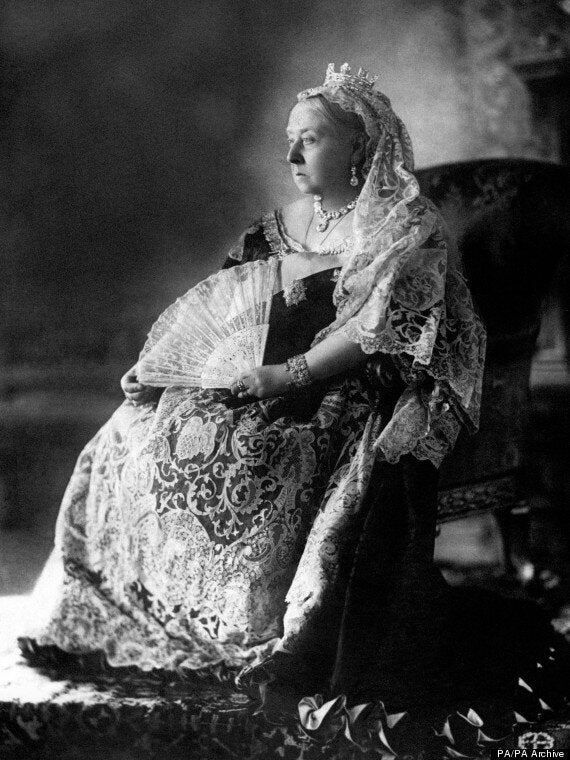The Queen is set to become the longest ever reigning monarch in British history next year. On September 9 2015, she will pass the record set by her great-great-grandmother Queen Victoria. Buckingham Palace has calculated that Queen Victoria reigned for 23,226 days, 16 hours and 23 minutes, taking into account 63 years, 15 leap days, additional months and days and the precise timings of her accession and death.
Queen Elizabeth II will enter the history books when she overtakes Victoria during September 9 2015. This takes into account 63 years plus 16 leap days, additional months and days and the timing of George VI's death.
It is likely to be business as usual for the Queen when she reaches the landmark date at the age of 89. "The Queen traditionally spends the month of September at Balmoral. Next year is unlikely to be any different," a Buckingham Palace spokesman said.

Elizabeth will break the record on September 9 2015
Historian Dr Kate Williams described the length of the Queen's reign as a great source of strength for the monarch. "It's a very significant milestone. The Queen will become the longest reigning British monarch in history. She came to the throne when she was older than Victoria. Victoria was only 18," Dr Williams said.
"It shows that our female monarchs last the longest. The Queen's longevity is a great source of her strength and popularity. She has lived through World War Two and throughout the 20th century. Many people will not have known a different monarch. We saw her huge popularity in the Golden Jubilee and even more so in the Diamond Jubilee. We're very used to her."
Queen Victoria came to the throne on June 20 1837. She became the figurehead of a vast empire and her reign spanned the rest of the century amid great industrial, cultural and scientific changes to society. But she mourned the early death of her consort Prince Albert in 1861 for the rest of her life. She died on January 22 1901.

Victoria reigned from 1837 to 1901
Princess Elizabeth became Queen Elizabeth II when she was 25 on the death of her father King George VI, who died in the early hours of February 6 1952. Like Victoria, she has acted as a figure of continuity as the country has modernised. She has served, with the Duke of Edinburgh at her side, through the 20th century, the Millennium and into the 21st century, witnessing new technological advances and a succession of British governments of different political persuasions.
The Queen has become accustomed to countless milestones during her decades on the throne. In December 2007, she became the longest living British monarch, overtaking Victoria who died when she was 81, and in May 2011, she became the second-longest reigning monarch in British history, when she overtook George III.
According to Guinness World Records, the Queen also holds the world record for most currencies featuring the same individual. Her Diamond Jubilee river pageant in 2012 set a new world record for the number of boats in a parade with more than 1,000 vessels taking part and 670 making the complete trip down the Thames to Tower Bridge. The Queen is also the first British monarch to have sent an email, to have a message put on the moon, have conducted a royal 'walkabout' and to have held a public concert in her back garden.
The record of length of time on the throne can be calculated in different ways, but the Palace considers the total number of days plus hours and minutes to be the most accurate. The Queen is also the second longest-serving current head of state in the world after King Bhumibol Adulyadej of Thailand, who took to the throne in 1946 but who is now rarely seen in public.